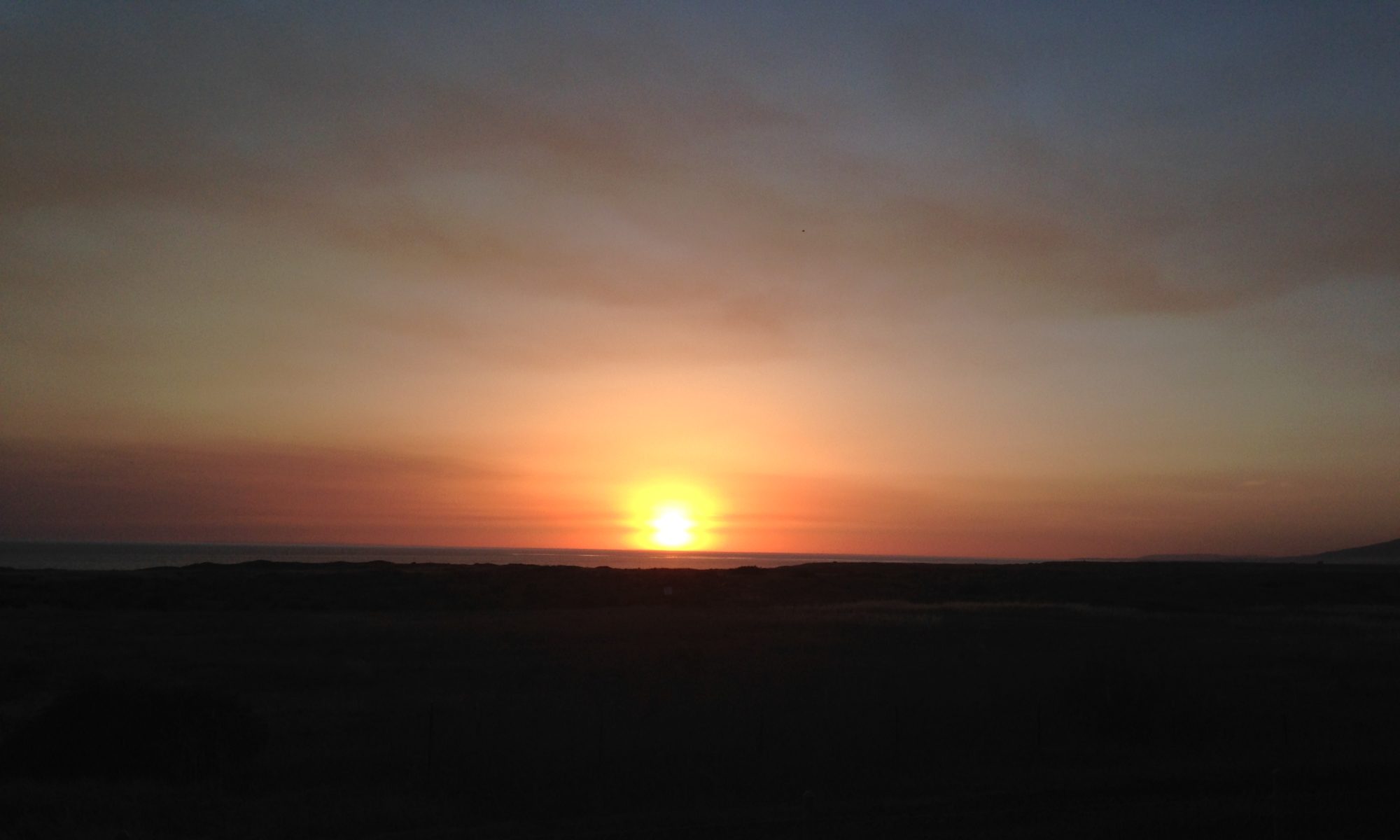
When sociologists want to provide evidence that there is still a racial divide in our country, many times they look to the Church for the compelling facts. Maybe you’ve heard the saying before, “Eleven o’clock on Sunday morning is the most segregated hour in America.” Though the Bible is the most multicultural piece of literature you’ll ever put your hands on, the bride of Christ struggles to look like the first Christian Church in the book of Acts or the future kingdom of heaven where believers will live eternally.
I have the awesome privilege of serving as the senior pastor of The Sanctuary Covenant Church in Minneapolis, Minn. In just over three short years, this ministry has grown to become an intergenerational, hip-hop, multiethnic, reconciling and urban community of close to 800. Our congregation at the time of this writing is about 60 percent European-American, 35 percent African-American, and the rest a mix of Latino, Asian and others.
As an African-American male in my mid-30s, I often wonder not only how I came to pastor this amazing church, but also how I live in what I consider the spiritual warfare of the racialized matrix in American society. Let me briefly guide you through an experience of corporate worship at The Sanctuary:
On this particular Sunday morning, an experience of corporate worship is about to begin that has been focused on racial reconciliation for the last seven weeks. The service begins with our worship leader giving an opening prayer and then leading a time of praise and worship, which includes hip-hop, soul, rock licks and urban gospel. It’s interesting to me that our church is 60 percent European-Americans, yet most Sundays our praise and worship style is so diverse.
Before the sermon, our Reconciliation Design Team presents a dramatic, spoken word piece titled “Where I’m From.” The piece is presented by a multiethnic group of women and men who tell their unique ethnic stories of their upbringing, faith and take on the world around them. They end the piece by asking in unison, “Where are you from?” After that, I preach a sermon titled “Reconciliation and Worship,” which ends with an altar call of people from different backgrounds committing to and praying through being ambassadors of reconciliation in the world.
I realize in that moment that this is something special and out of the ordinary for a church in America. The Sanctuary is what I would call a post-black, post-white church. I think about this, and I grieve because I want so badly for the norm of the Church in America to be an ancient-future Church that lives in the tension and victory of the first Church in the book of Acts and the picture of heaven that we see in Revelation 7.
One might ask why it would be so important for the Church today to be a Christ-centered, multiethnic and reconciling community. Well, there is the sociological reason that we live in an ever-increasing multiethnic and multicultural society, and if the Church is going to be a relevant force of evangelism and mission in this reality, we must strive internally for the multiethnic faith community. This is not the most important reason though. The Church ought to be multiethnic because it’s biblical. We see this through the Great Commission, as well as the early Church and future Church; we also must wrestle with the multiethnic Christ, who is the Bridegroom to the Church we are called to develop through the empowerment of the Holy Spirit.
The black church and the white church are the most visible pictures of our need to become one so that the world might know that the Father sent the Son (John 17:21).
The black church historically is a community refuge, an institution of African-American empowerment and a place of escape from the remnants of racism and prejudice that have yet to be dismantled in our society. I believe that because of the history that the black church has in our country in terms of being prophetic, addressing social injustice and being bold and charismatic, it ought be one of the leading champions of the Christ-centered, multiethnic and reconciling church. This is truly what I mean by becoming a post-black church. Through taking a post-black church approach, the black church can also point other ethnic-specific churches to the biblical call to oneness and reconciliation.
Though not typically referred to as the white church, it remains the majority church in this country for the time being. Through the ever-increasing multiethnic and multiracial reality within our nation, however, the future of the white, dominant church is threatened.
By the black and white church embracing the mission and theology of reconciliation, we not only produce a church that is relevant to an ever-increasingly multiethnic and multicultural world, but we also become the beloved Church portrayed in Scripture. My prayer is that the multiethnic and Christ-centered Church would become the norm in America.
Efrem Smith is the pastor of The Sanctuary Covenant Church and is profiled in The RELEVANT Nation (RELEVANT Books).
From the 850 WORDS OF RELEVANT :: 10.16.06
Here is the latest from thechurchplanter blog…the blog connected to thechurchplanter mini-magazine of Kurt Miller
Like this:
Like Loading...



